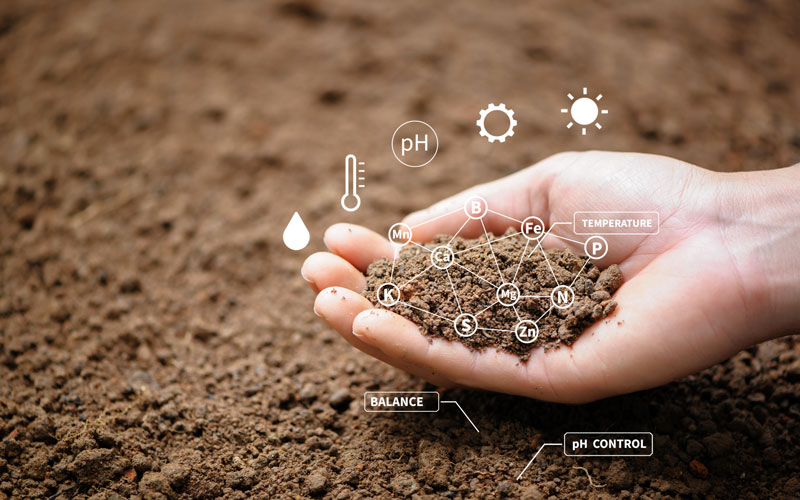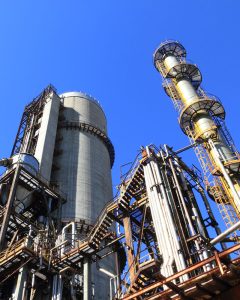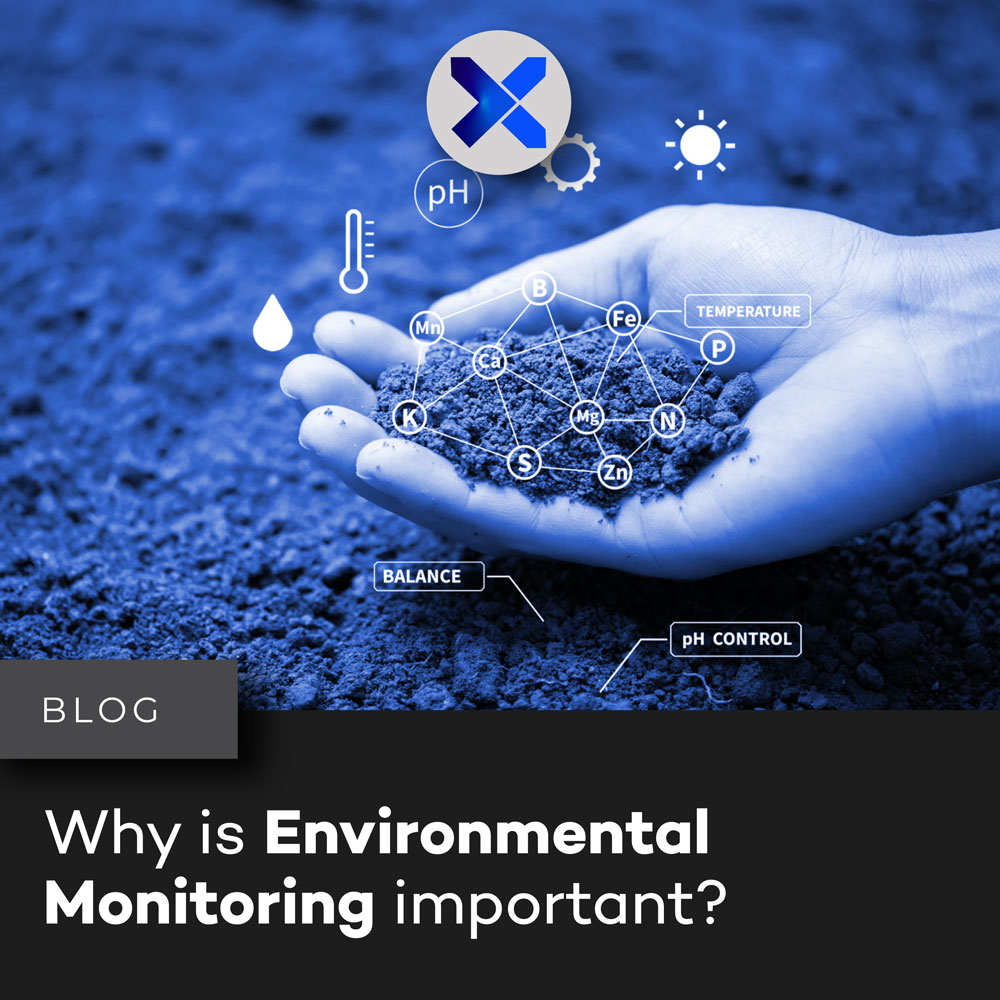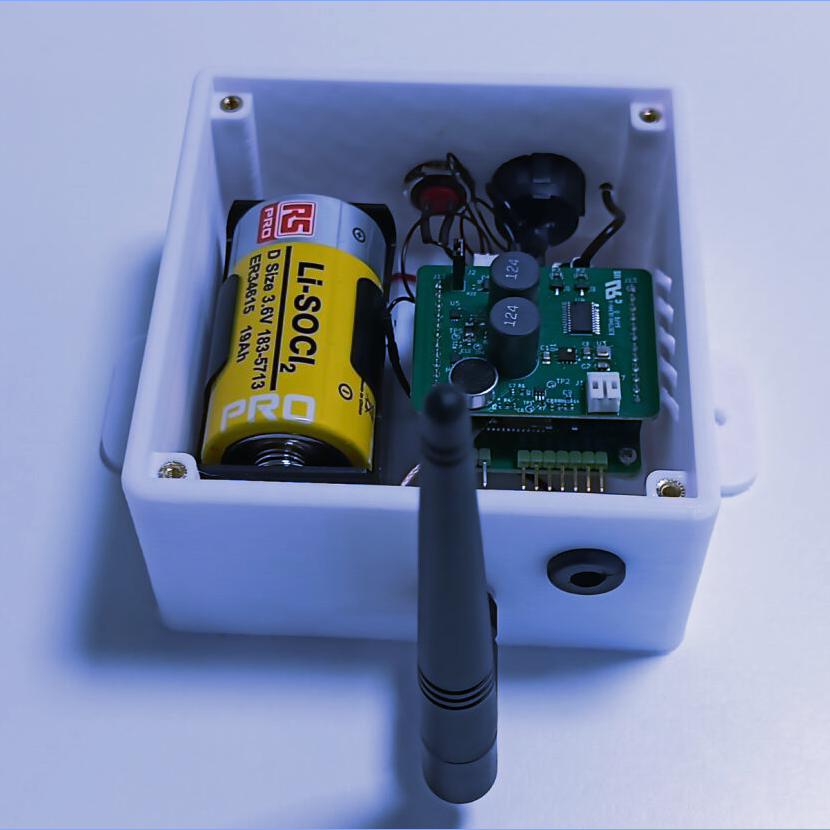Why is Environmental Monitoring important?
Environmental monitoring can be defined as a system of techniques and tools (such as monitoring sensors, wireless communications and remote management softwares) that track the health of the environment and/or collect data to prevent events that could harm the environment or the business operations.
Even if we might first think of the ecological meaning of environmental monitoring, the term also includes the impact that cold, heat, vibration, moisture and other environmental variables can have on the consistency and reliability of an organization’s technical equipment. Industries like agriculture, manufacturing and energy have started using Internet of Things (IoT) technology to environmentally monitor their operations, significantly transforming their ability to respond to the changes in their surroundings.
In the past, environmental monitoring was mainly used for ecological purposes, such as researching the effects of industrial pollution on air and water quality. However, in order to read the data measured by the sensors, they periodically needed to go on site to check the monitoring devices and manually analyze the information collected. Now, thanks to more advanced technology, like IoT devices, wireless connectivity, and online platforms, it is possible to have real-time access to data from anywhere. That has helped expand the applications of environmental monitoring: from monitoring oil and gas pipelines for leaks, to monitoring groundwater supply and water treatment plants, there is an increasing number of businesses and industries that are realizing the potential of environmental data for their operations.

Reasons for Environmental Monitoring
In industrial applications, objectives of environmental monitoring include:
– Optimizing operations for efficiency and safety.
Environmental monitoring enables companies to observe changing conditions on-site, reducing the risk of equipment failure and accidents.
– Minimizing the company’s environmental impact.
Industrial sites can track pollution or carbon output in order to find ways to decrease it.
– Validating safety protocols.
When industries require specific site conditions for effective operations, environmental monitoring reports can help organizations assess the safety of their existing procedures.
Types of Environmental Monitoring Systems
There are a variety of environmental monitoring techniques that companies can choose from, depending on their objective. They can be broken down into three main categories:
- air quality monitoring
- water quality monitoring
- soil quality monitoring
The availability of IoT-based systems that allow for remote and wireless environmental monitoring are supporting companies in manufacturing, oil and gas, agriculture, and even healthcare to improve their response to events that need their immediate attention (like equipment failures or leaks) and long-term issues (such as changes in water supply conditions and pollution).
Pollution Monitoring Systems
Pollution monitoring is an extremely valuable tool in civil planning, manufacturing and agriculture. Monitoring the chemical composition of water stores, air and soil can provide both public and private organizations with valuable data that are managed via IoT platforms. That allows companies to react faster to pollution’s effect on equipment uptime, project timelines, worker safety, public health, and sustainability efforts.


Leak Detection Systems
Leak detection systems are important for oil and gas companies in order to ensure workers safety, to prevent ecological harm and to minimize potential financial losses. Thanks to new technologies, environmental monitoring systems can now be optimized for reliable and early leak detection, with real-time alerts that can help minimize damages.
Wastewater Monitoring Systems
When malfunctioning or mishandled wastewater systems impact water availability, public health, agricultural yields and more. By connecting networks of IoT devices, municipalities can build effective environmental monitoring systems that measure water chemicals in real time, avoiding possible lasting damage to surrounding communities.


Groundwater Monitoring Systems
Another way for IoT environmental monitoring systems to improve public health and agricultural productivity is to increase groundwater protection. Once that contamination occurs it can be very difficult to reverse it, but with real-time and remote monitoring it is much easier to have everything under control at all times, addressing problems more proactively and effectively.
Environmental Monitoring with Move-X
Wireless IoT devices have a lower impact on the environment, if compared to wired sensors with running cables, while also allowing commercial and industrial operations to identify problems early, thanks to remote monitoring, decreasing the risk of operational accidents, equipment failures, and ecological or human exposure to dangerous contaminants.
Move-X offers IoT solutions that can support environmental monitoring of soil, air and water quality across a variety of applications and industries.
In the long run, that results in less system downtime, decreased risk of accidents and better ecological health and productivity.









